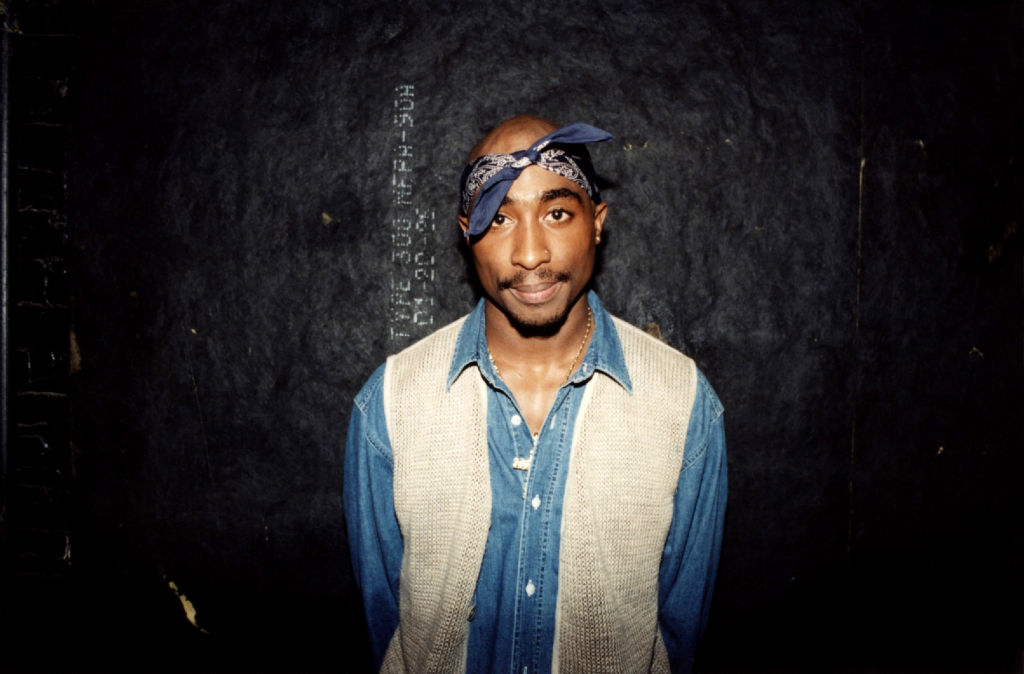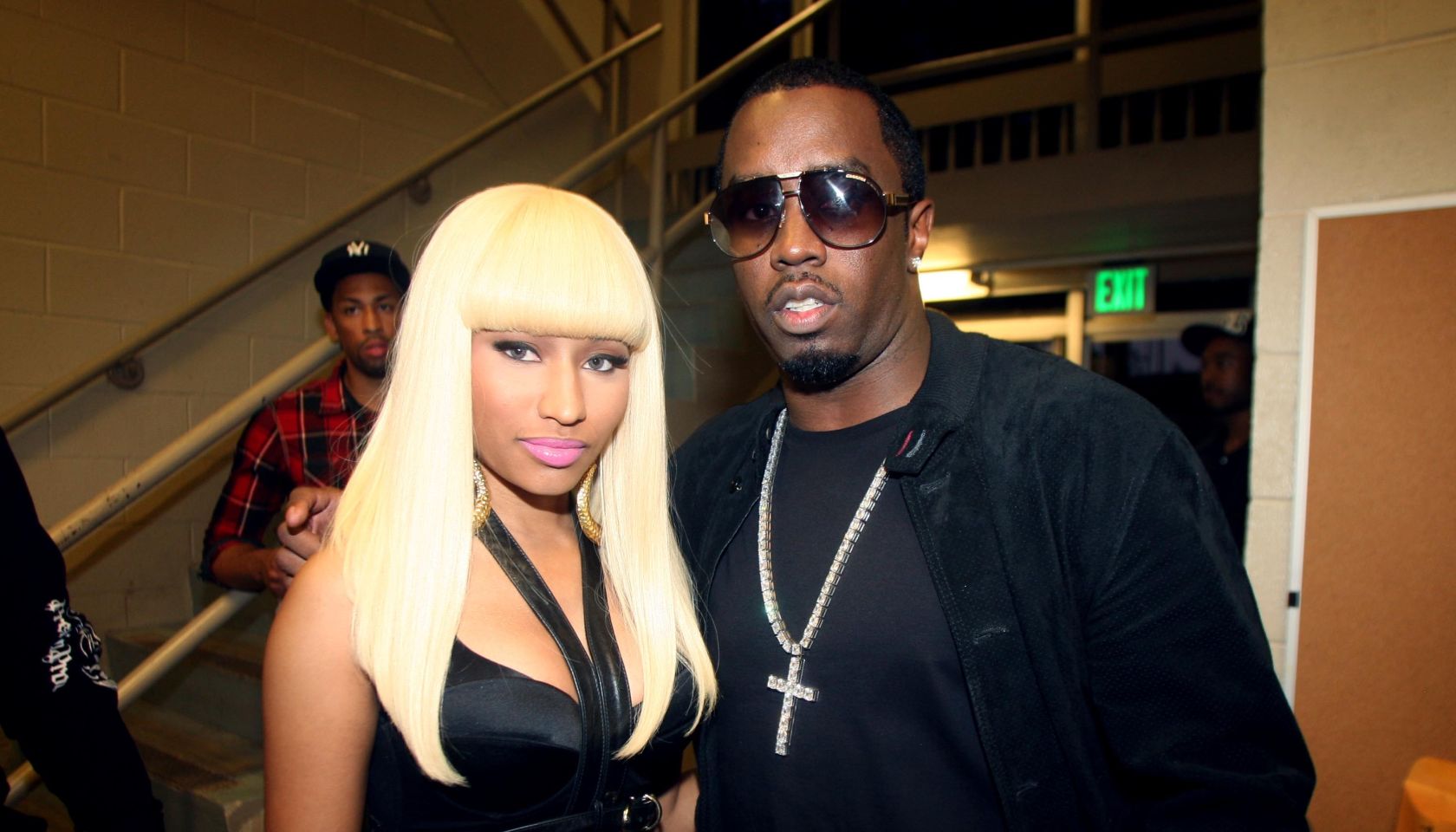Tupac Death Anniversary: Pac Dies After Vegas Drive-By Shooting
Never Forget: Tupac ‘2Pac’ Shakur Died On This Day 26 Years Ago

Rapper Tupac Shakur poses for photos backstage after his performance at the Regal Theater in Chicago in March 1994. | Source: Raymond Boyd / Getty
UPDATED: 1:48 a.m. ET, Sept. 13, 2022
Originally published: Sept. 13, 2012
Twenty-six years after the death of legendary West Coast rapper and actor Tupac “2pac” Shakur, his unrivaled legacy continues to reverberate throughout the hip-hop community.
Tuesday marked another year since Pac died from gunshot wounds sustained during a drive-by shooting in Las Vegas in 1996.
Considering that Tupac’s chief rival Christopher “Notorious B.I.G.” Wallace would be murdered in a similar fashion just six months later, their deaths have become among the lowest points in hip-hop history. Although the details surrounding Shakur’s death are mired in controversy and mystery, this uncertainty never diminished the fact that we lost a true superstar at the peak of his career.
The context behind Tupac’s demise is complicated.
After he was shot and robbed in a Manhattan recording studio in 1994, Tupac placed the blame squarely on the East Coast, igniting a war between Los Angeles and New York and forcing fans to take sides. Tupac said that Bad Boy Records chief Sean “Diddy” Combs, who produced and managed the Notorious B.I.G. (Biggie), was the mastermind behind the incident. However, it was later reported that beleaguered music mogul and convicted coke dealer James “Jimmy Henchman” Rosemond admitted to orchestrating the shooting at the infamous Quad Studios.
Two years later, the beef between Biggie and Tupac would reach a fever pitch, especially, after the release of 2Pac’s “Hit Em Up” diss track. In the song, Tupac took aim not only at Combs and Wallace but also at New York rap duo Mobb Deep, elevating the coastal friction.
On Sept. 7 of that year, after attending a Mike Tyson boxing match in Las Vegas, Tupac was shot several times by assailants in a drive-by. He was rushed to a nearby hospital, where he reportedly resisted treatment. He would die six days later on this date during the afternoon, after Tupac’s mother, Afeni, ordered doctors to stop reviving her son.
He was just 25 years old.
Former Los Angeles Times reporter Chuck Phillips investigated the murder of Tupac with ferocity, revealing that the shooting may have been due to retaliation from a Compton Crips gang for the rapper helping to beat up one of its members hours earlier in a hotel-casino. Phillips asserts that one of the Crips, Orlando Anderson, was the main shooter. Anderson would later be killed in an unrelated shooting. Phillips’ reports have largely been deemed credible and eliminated the possibility of Combs’ involvement.
Regardless of how the incident began, it was how it ended that is most unfortunate: Tupac Shakur was a beloved, charismatic figure who couldn’t shake the violent image he portrayed in songs, which, according to others, belied his true nature.
Twenty-six years later, Tupac remains one of the most enigmatic figures in hip-hop and pop culture history.
SEE ALSO:
5 Tupac Shakur Songs That Should Have Inspired Black Lives Matter
















